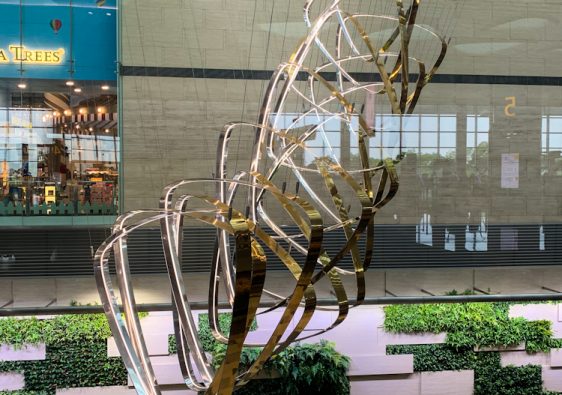In the Bolívar department of Colombia lies Mompox. A town that not many ventures to despite it being a UNESCO Heritage site. While this place is not as popular as other towns like Villa de Leva, Guatalupe and Salento, it played a significant role in shaping the history of Colombia. Today, this town attracts the curious and adventurous.
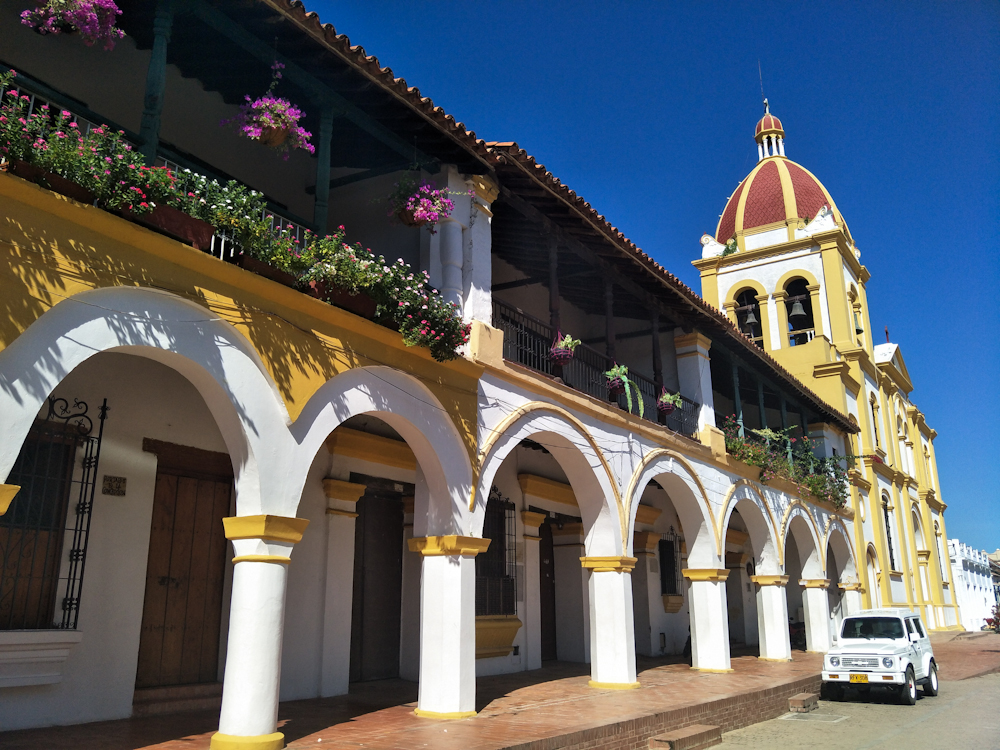
I don’t blame anyone who gives Mompox a miss. After all, this is not the most accessible town to get to. Which is also why it adds to the charm of this place, sort of like a hidden gem.
This is, however, the perfect place to be if you need to recuperate from the travel fatigue, recharge your battery or just to escape from the city life.
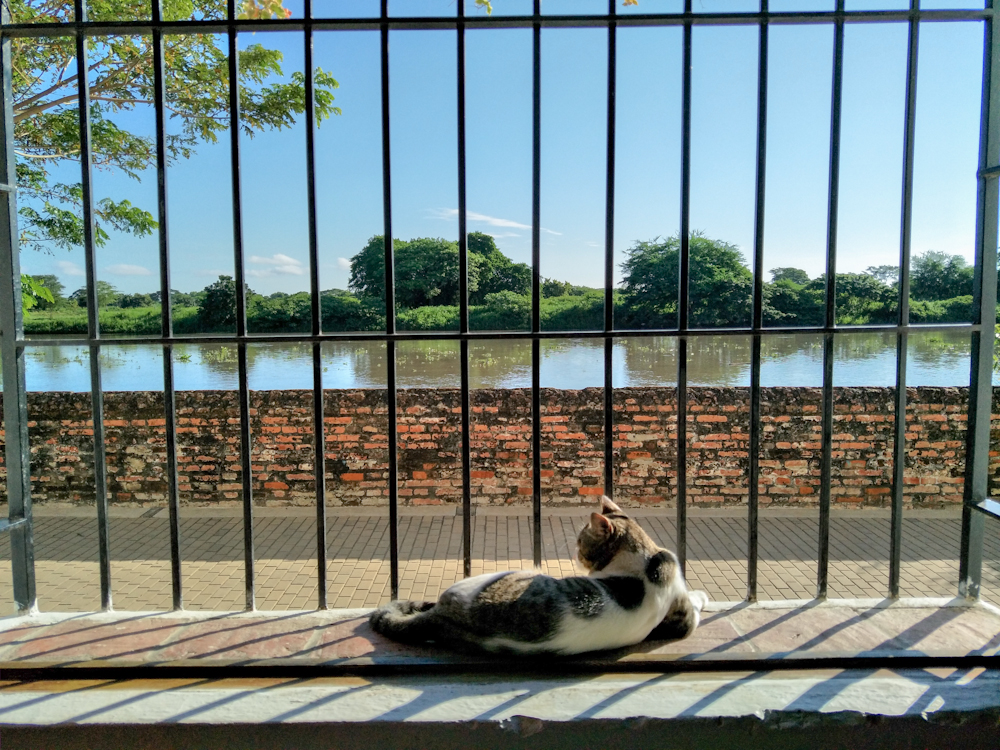
I hope I did not make the place sounds boring! Don’t get me wrong, this is one of my favourite places in Colombia after spending a weekend here. As laid-back as this town is, you can easily spend 2 to 3 days here.
Here is everything you need to know about Mompox, the forgotten town that stole my heart away.
How to get in and out of Mompox
Tucking Mompox into your itinerary would make sense if you are travelling through Colombia, going from one major city to another. A good route that you can slot Mompox in is travelling from Cartagena to Bucaramanga and vice versa.
Else, it is just not worth the effort to travel to Mompox for a few days. Unless of course, you want to visit Mompox so badly that you are willing to put up with the hassle and all the long hours of travelling.
By Air
Private aircraft
The easiest and fastest way to get in and out of Mompox is via flying on a charted plane. The closest airport to Mompox town centre (~3km) is San Bernardo Airport (MMP) which is an airport for private charter.
Of course, this is not an option for everyone.
Commercial aircraft
For commercial airlines, the nearest airport is located in Corozal, Las Brujas Airport (CZU). Upon arrival, take the bus into Sincelejo (~20mins) where you will hop onto another bus to Magangué (~1.5 hours)
Then from Magangué, get onto a car ferry (chalupa) and travel to La Bodega port (~40mins). Lastly, catch a bus to Mompox (~1hour)
Does it sound complicated? It involves not just flying but also ferry and buses.
By land
You can also travel to Mompox by land from the major cities.
Bogota – Mompox
Direct bus from Bogota and Mompox will take approximately 14 hours. Some buses stop at El Banco, a town ~1.5 hours away from Mompox. From there, you would need to take a 4×4 to get in.
Bucaramanga – Mompox
Direct bus between Bucaramanga and Mompox takes about 9 hours passing through El Banco.
Cartagena – Mompox
The direct bus will take you about 6.5 hours to get between Cartagena and Mompox. Pretty straightforward and it is the shortest travelling time of all.
Medellin – Mompox
First, travel from Medellin to Magangué will take about 11 hours. Then after, travel by car ferry to La Bodega port before making your way to Mompox by bus. It is pretty similar to flying into the nearest airport.
Travelling from Bogota or Medellin is not as straight forward and involve long hours on the road. Thus, I recommend splitting up the travels by getting Bucaramanga via direct bus first. Spend a few days exploring the vicinity before making your way to Mompox.
Things to do in Mompox
Admire the colonial architecture buildings
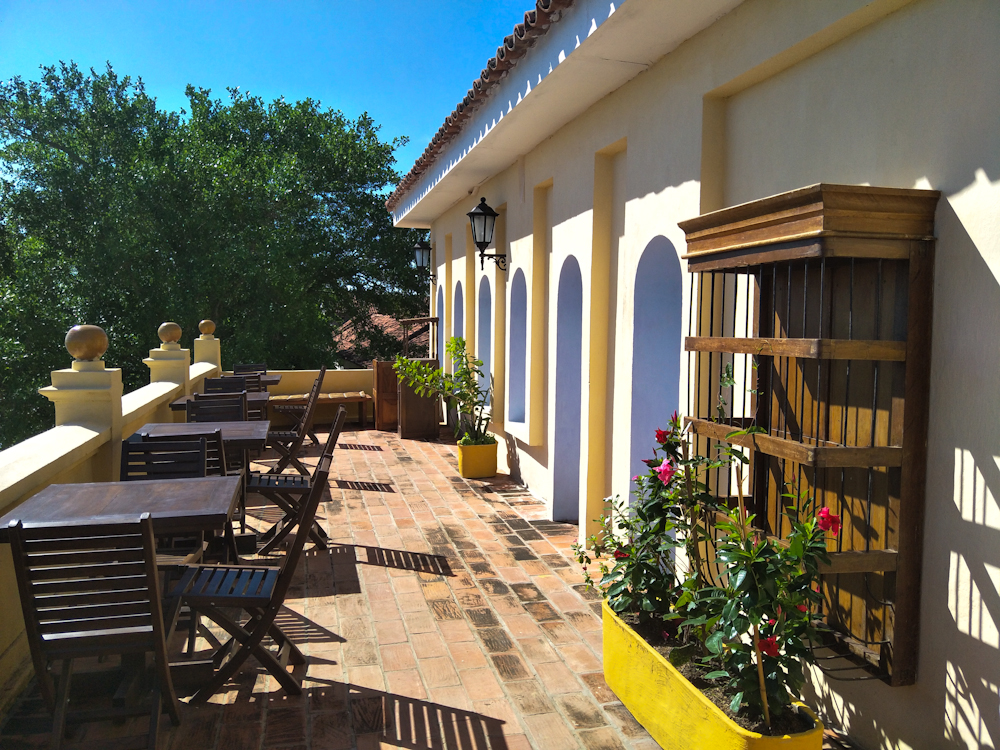
From the well-preserved 16th-century architectures in Mompox, you can tell that it once played a pivoting role during the Spanish colonial era. This architecture style features low-pitched red tiles roofs, rounded arches and asymmetrical facades.
During the period, it was a thriving town with a busy commercial port for it was a prime location along River Magdalena between Andes Mountains to the north coastal region of Colombia. Unfortunately, commercial activities saw a decline in the 19th century due to the change in river transport pattern.
Today, many of the buildings are used for their original purposes which mean businesses and houses are being passed down from one generation to the next.
Take a stroll in town and let your imagination runs wild of what Mompox was like in its heyday.
Watch the sunrise
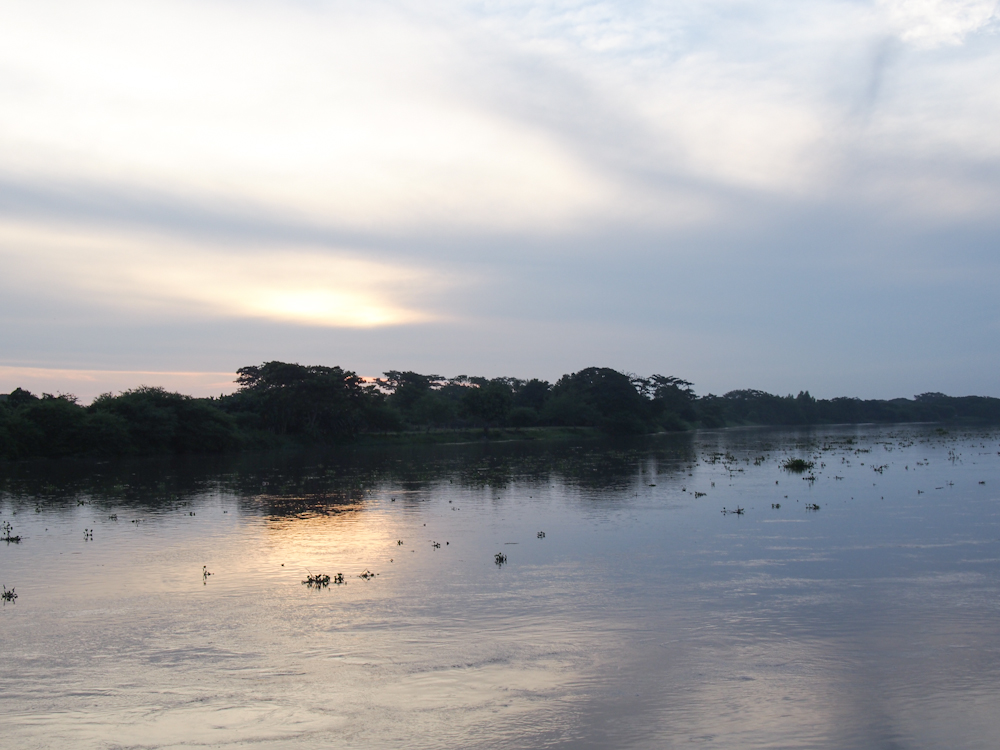
Begin the day in Mompox as you catch the first ray of sunlight right here at Albarrada del Alba and observe how the whole town comes to life. It’s magical, trust me!
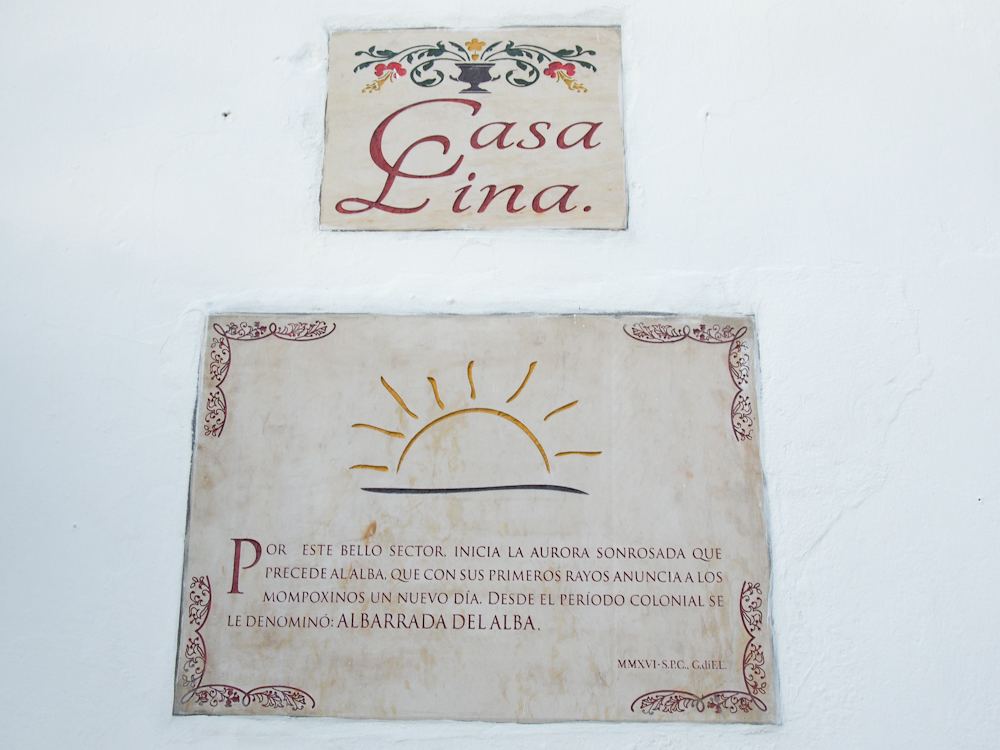
Rent a bicycle
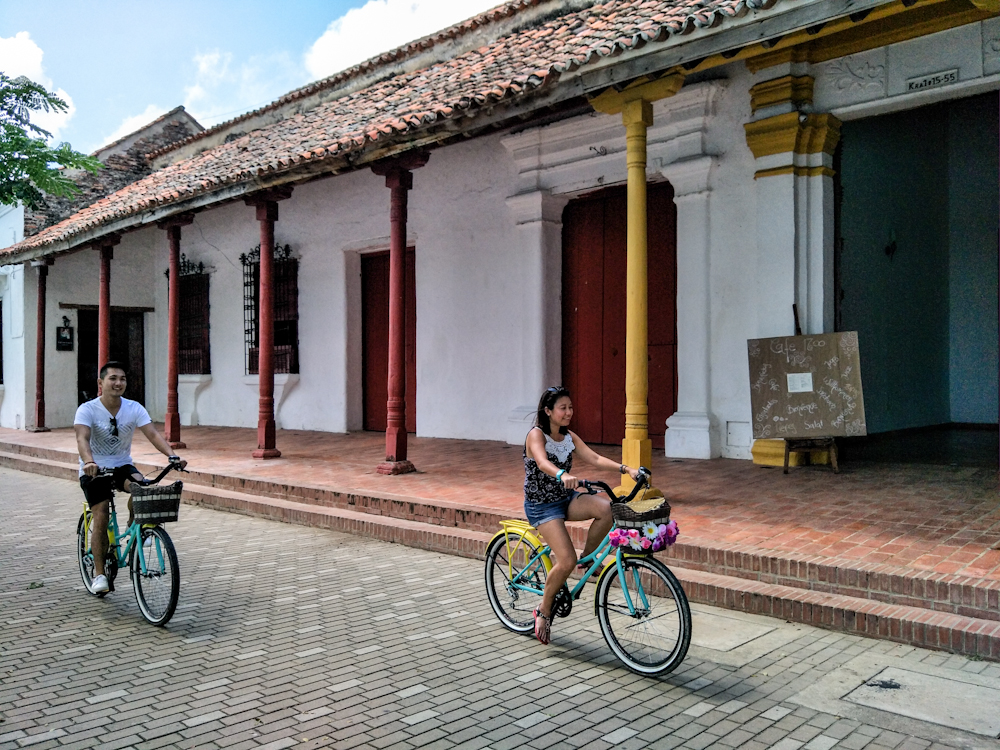
An alternative way to explore the town is to rent a bicycle. You will be able to cover more areas under the scorching sun and ride to the outskirt of the town centre where most locals reside.
One of the shops that do rental bicycle is Sol de Agua.
Cruising along Magdalena River

One of the highlights in Mompox is taking the afternoon boat ride on Magdalena river, one of the 2 major rivers in Colombia. Sailing past villages and take in the whole experience as the breeze hits your face gently.
Be sure to pack your swimwear as there will be a point where the boat will stop its engine at a freshwater lagoon where you can jump in for a refreshing dip.

As you make your way back to the dock, enjoy the spectacular sunset followed by the darkness when millions of stars fill the cloudless sky.
Places to visit in Mompox
Piedra de Bolivar (Bolivar’s stone)
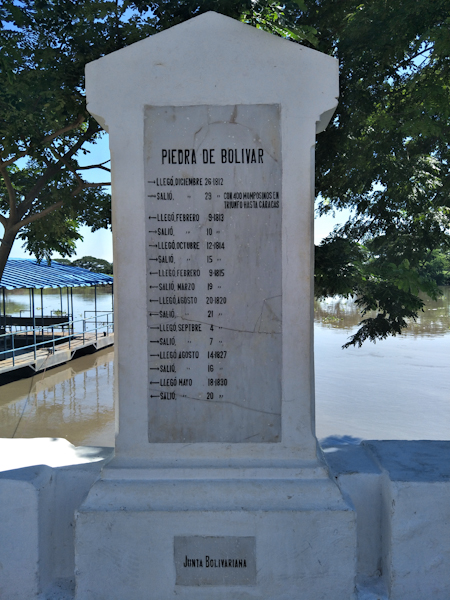
Mompox was important not only to the Spanish during the colonial era, but also to Colombia. Simon Bolivar, a liberator of Grand Colombia (present days Colombia; Ecuador; Northern Peru; Venezuela; Panama; northwest Brazil and western Guyana) recruited 400 able-bodied men from Mopox and led them to win the wars of independence in Caracas.
If I owe my life to Caracas, I owe my glory to Mompox
Simon Bolivar
This stone marked the times that he spent in this town.
Cementerio Municipal (Municipal Cemetery)
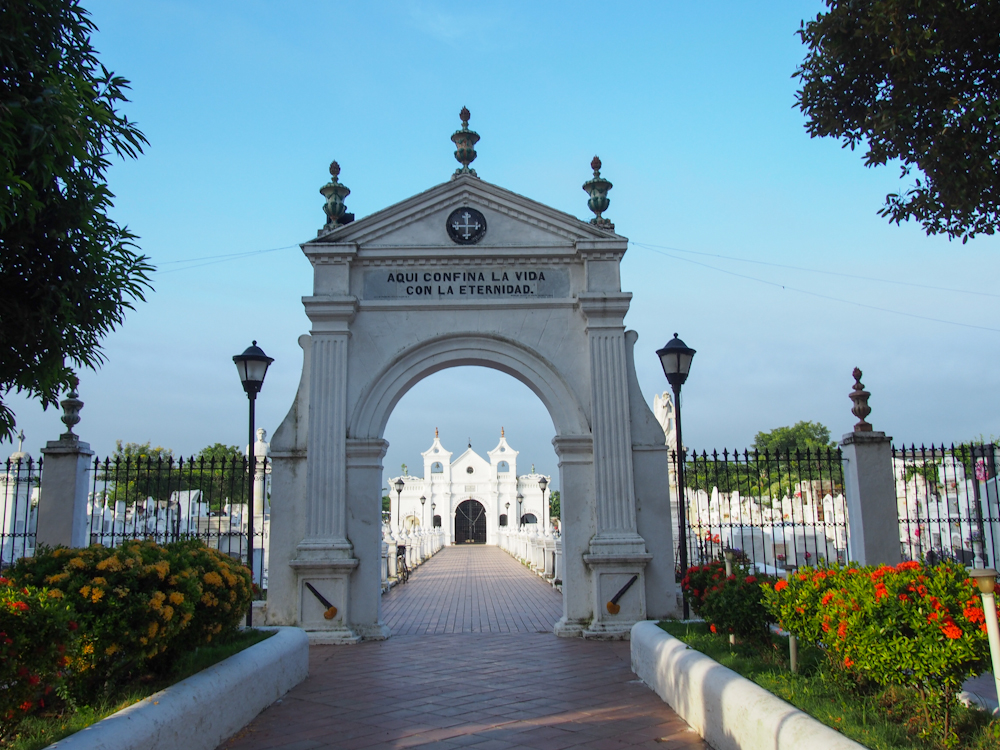
This well-maintained cemetery has been around since 1831 and centring the cemetery is a chapel. Enjoy a peaceful walk in this cemetery that is filled with whitewashed graves. Some were stack on top of one another making a wall of tombstones.
There are also plenty of well-fed cats that roam around the cemetery, guarding the dead and keeping them company.
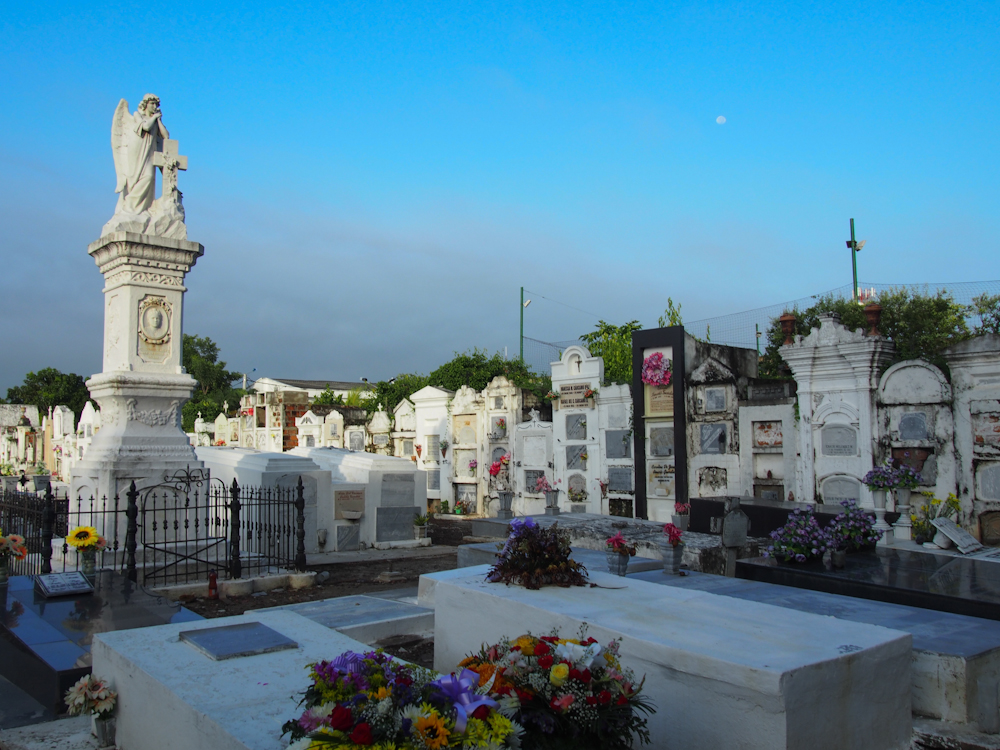
Iglesia Santa Babara (Santa Barbara Church)
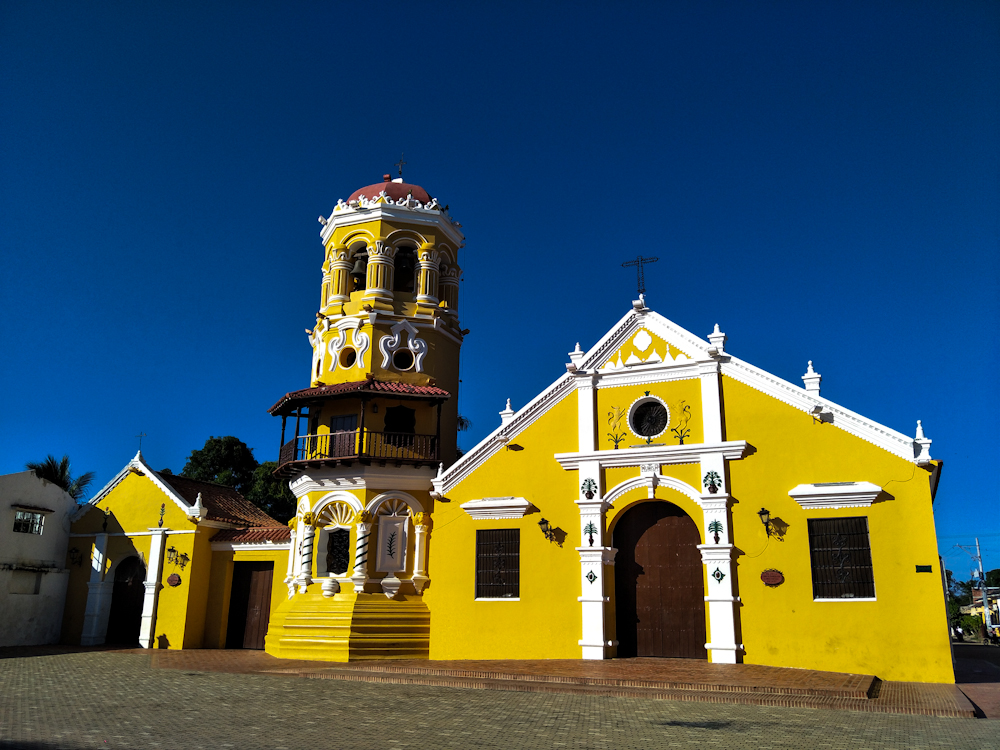
For a small town, Mompox has many churches in its vicinity. You can easily pass by one as you walk along the street. With that many churches, Iglesia Santa Babara is the most outstanding with its striking yellow paint and intricate details which takes your breath away.
This baroque style gem was completed in 1733 with a balcony on the bell tower. The octagonal bell tower looked suspiciously similar to a minaret because it was said to be of Muslim-Spanish influence. Climb the tower for COP3,000 (~S$1.50) and enjoy a good view of the town.
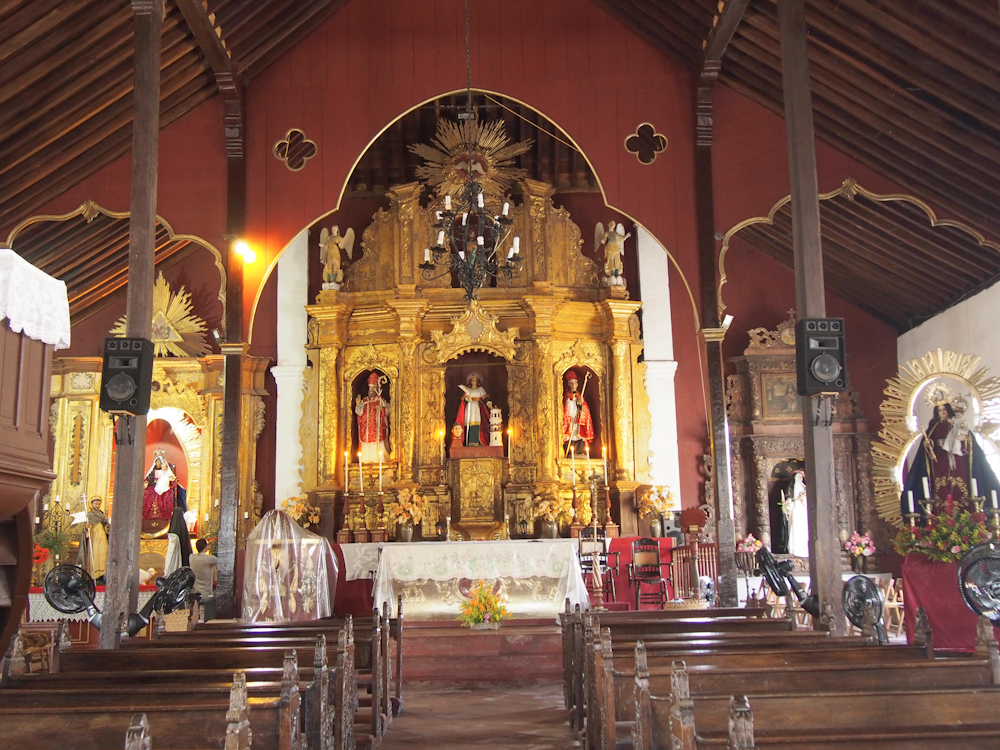
When entering the long hall of the church, what catches the eyes are the 3 beautiful golden altars and the crafted to perfection woodwork design at the end of the pews.
Casa del Diablo (Devil’s house)
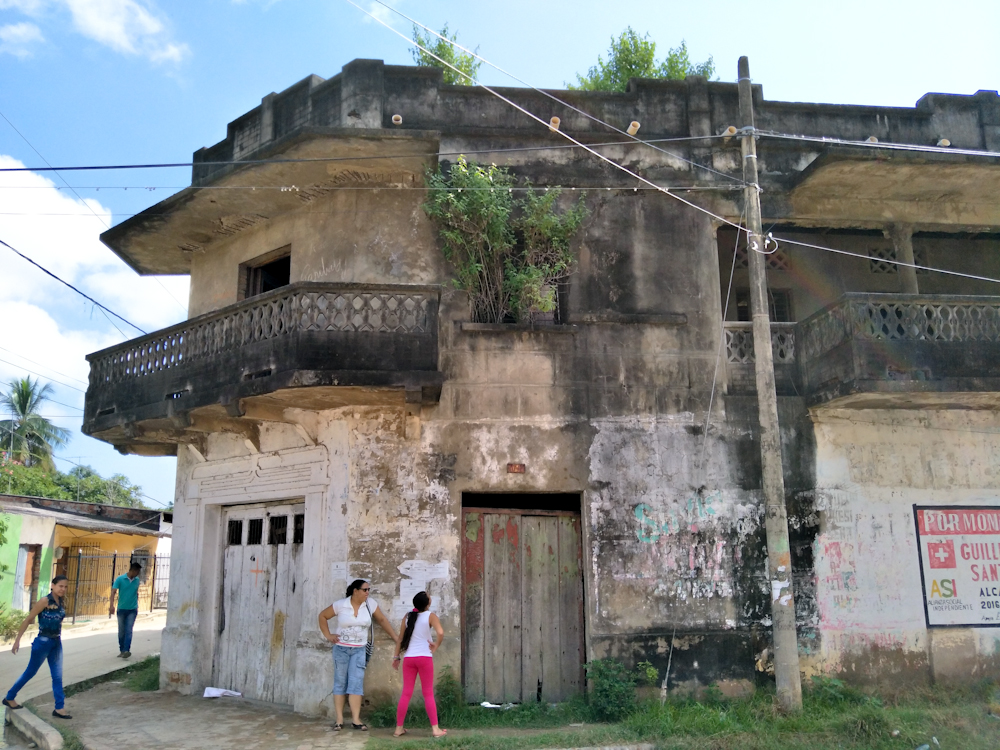
At first glance, it is easy to dismiss as an ordinary abandoned house. But this is not just any other abandoned house, this unassuming place has earned the nickname, Casa del Diablo which means Devil’s House.
According to the locals, a devil by the name of Lucifer lives in this deserted house. One can hear noises and sight dark shadows too.
This house was a “project” that was never completed. In the 1950s, a businessman wanted to build a mansion in this prosperous town, one that was grand enough to be an attraction by itself.
He found a partner to work on this project together. He invested the money while the partner was in charge of overseeing the whole project. Unfortunately, instead of building a mansion, the partner had another idea. He harboured the plan to turn it into a brothel. To “serve” the workers in town because one has to satisfy his needs and it is a lucrative business.
One day, one of the workers slipped and fell from the scaffoldings and died. He was buried nearby. In the meantime, the businessman realised that his mansion was to be turned into a brothel. Immediately, he pulled back his investment and ordered for all work to stop.
Today what is left of this project is just a filthy looking facade on a vacated building.
In the end, the businessman got what he wished for as it has become an attraction by itself. A devil’s house that draws curiosity.
It is said that if you peep into the house through a slit on Good Friday, you would see a lit candle. Will you be brave enough to check it out?
Mompox Sign
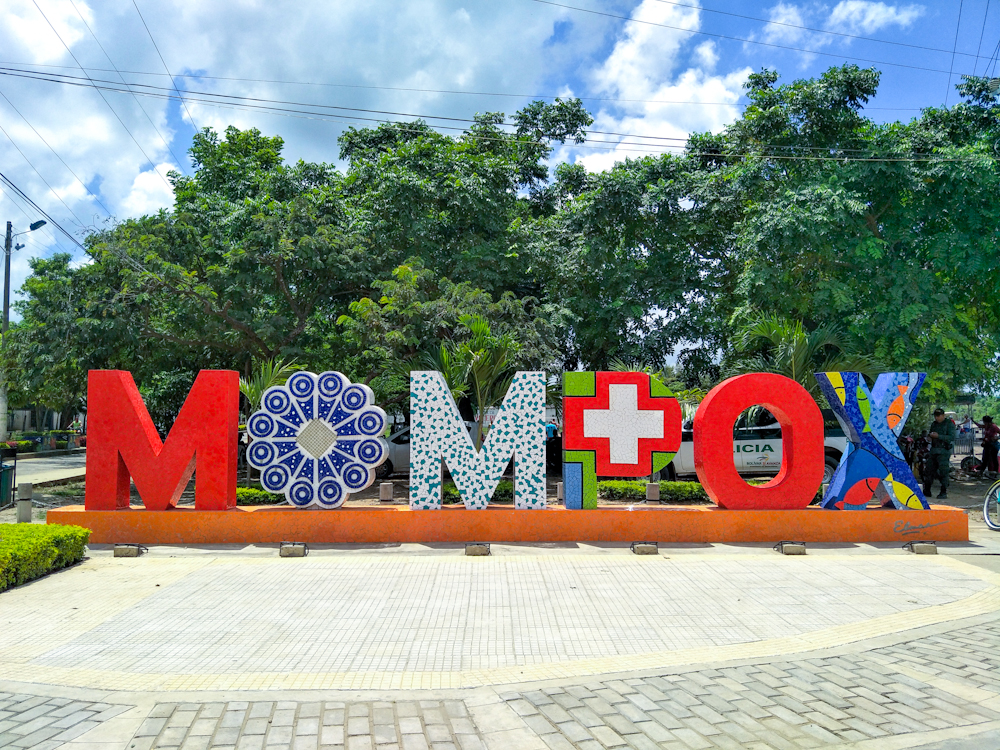
Located at the entrance into town is the colourful mosaic Mompox sign. The best way to get here is by riding a bicycle. A great photo-stop to “mark” your visit to Mompox.
Plaza de Mercado (Market Square)
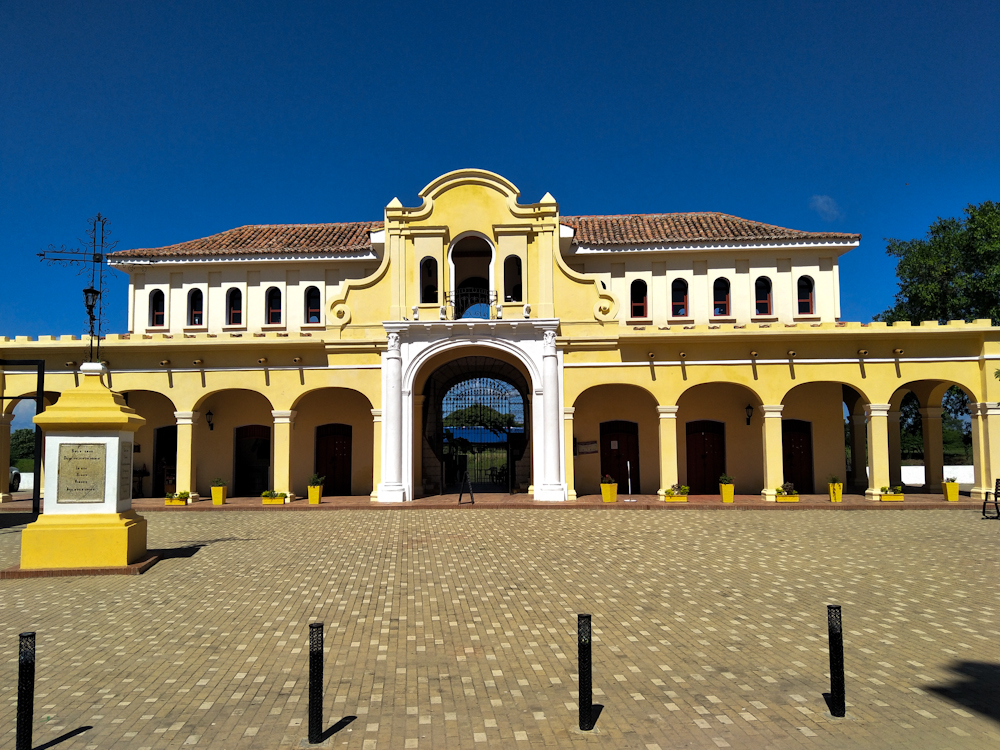
Antigua Plaza de Mercado (Old Market Square) is situated at a perfect spot. Looking out on one side is the riverbank of Magdalena River while looking inward, there is a square and the beautiful Church of the Immaculate. The building underwent a restoration in 2014 to return it back to its glory days as it has represented a historical heritage of Mompox.
There is a cafe to rest the feet and enjoy a cuppa Colombian coffee. There is also what seemed like a filigree-making workshop as well as a handicraft shop where you can purchase one made from one of the highly skilled local craftsmen.
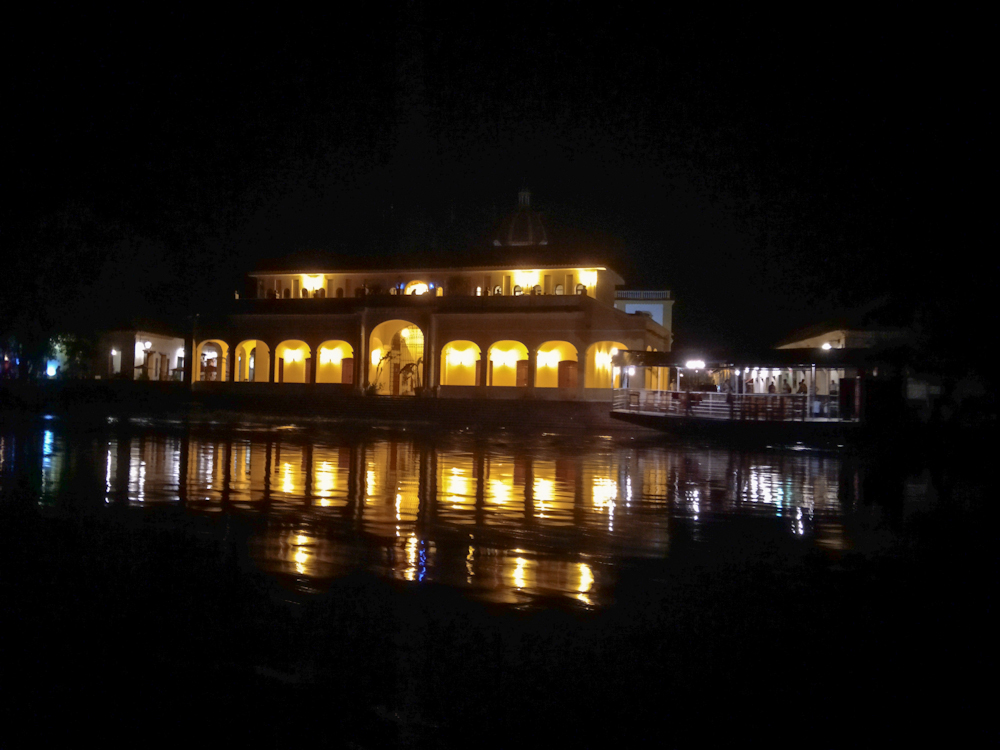
Colegio Nacional Pinillos (Pinillos National Collage)

This school was named after the founder, Pedro Martinez de Pinillos. Completed in 1804, it has been nurturing generations of Mompoxinos ever since.
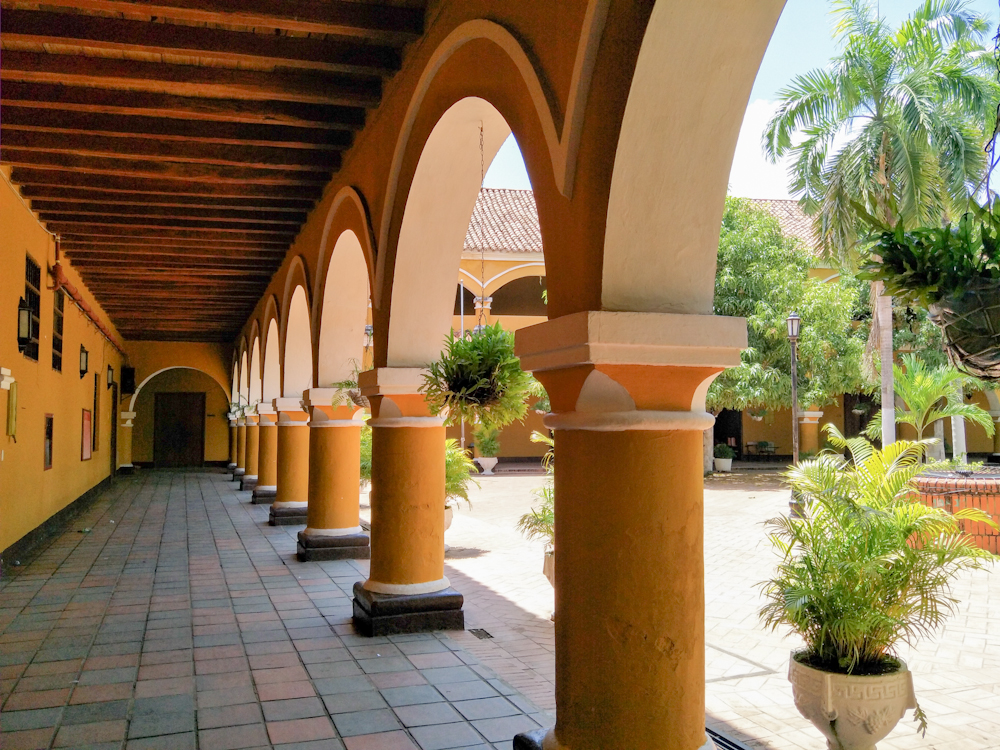
Right In the middle of the school sits a beautiful courtyard surrounded archway and wide walkways. Truly a stunning place to pop in for a visit.
Things to buy in Mompox
Filigree Jewellery

“Filigree is a delicate kind of jewellery metalwork, usually of gold and silver, made with tiny beads or twisted threads, or both in combination, soldered together or to the surface of an object of the same metal and arranged in artistic motifs.”
Wikipedia
When the Spanish colonised Colombia, there were many pirate attacks at the coastal area near Cartagena. Hence the safest place to keep golds, silvers and other treasures were in Mompox as it is a distance away.
With these treasures, they brought in craftsmen with the skills and techniques learnt from the Arabs to make filigree jewellery in Mompox.
As time goes by, the skills were passed down from generations to generation. Today, Mompox is well-known for having the finest craftsmen in filigree jewellery making.
Local Fruit Wine
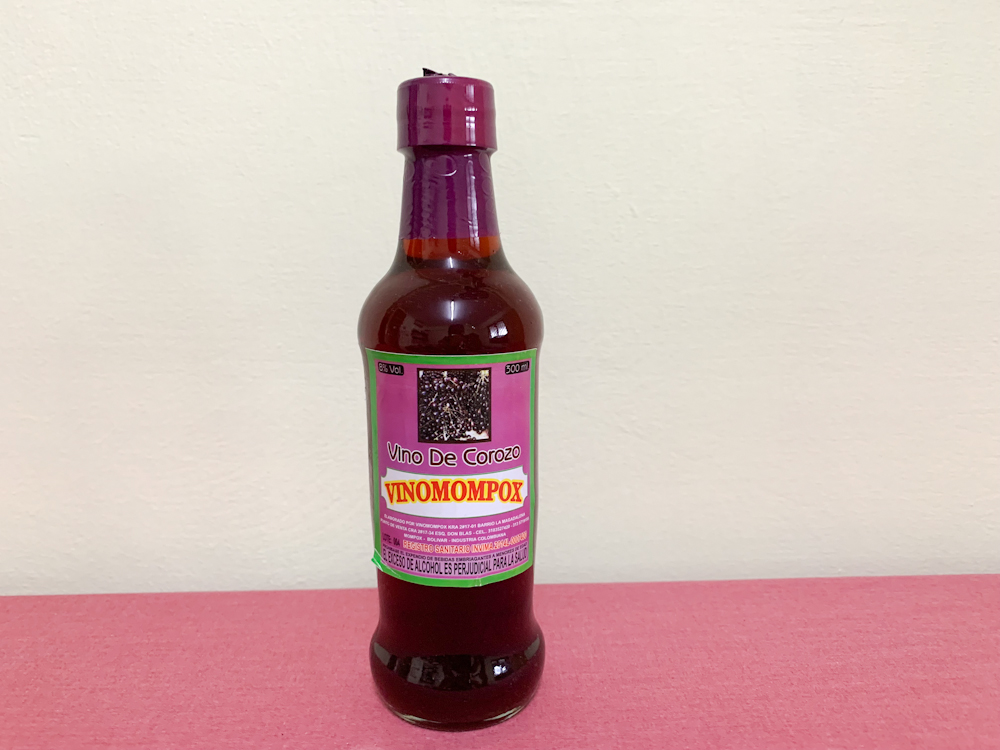
Another product that Mompox is popular with is its locally made fruit wine. One, in particular, is Vino de Corozo that is made from corozo (duh!). Corozo, a small round and red fruit native to Mompox. It takes about 6 months for the fermentation process that uses only corozo and sugar.
Festivals in Mompox
Mompox typically comes alive twice a year.
Santa Semana (Holy week)
The religious celebration takes place in April every year. Join in the processions as Mompoxinos decorate their saints and parade on the streets to reminisce the death of Christ.
Jazz Festival
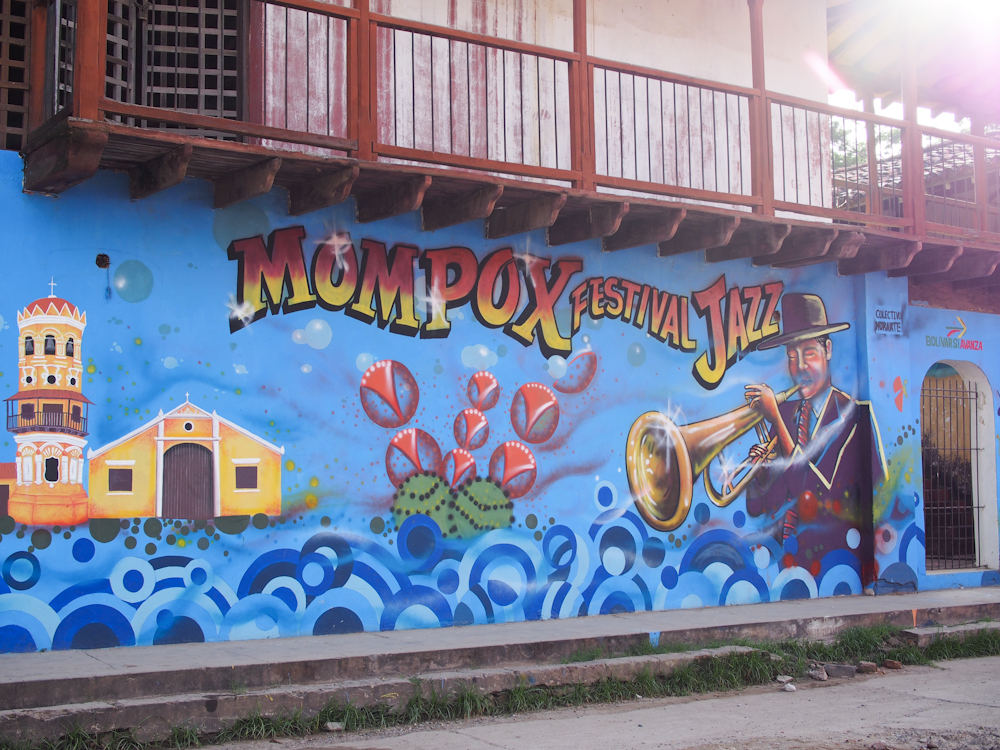
During every October, jazz musician local and from abroad come together in town for a weekend of jazz music. This is a perfect place to be for jazz lovers.
Where to stay in Mompox
Hotel – Portal de la Marquesa
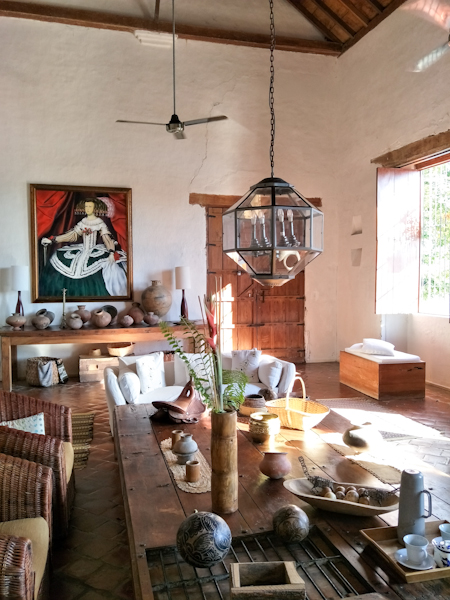
Experience living in an old colonial house at this hotel situated at Albarrada del alba. It is beautifully decorated with the Spanish influence with a courtyard in the middle. It is also well-equipped with good WiFi connection, air conditioning and hot water.
To pamper yourself further, book into one of the suites that come with a private swimming pool.
Hostel – La Casa del Viajero Mompox
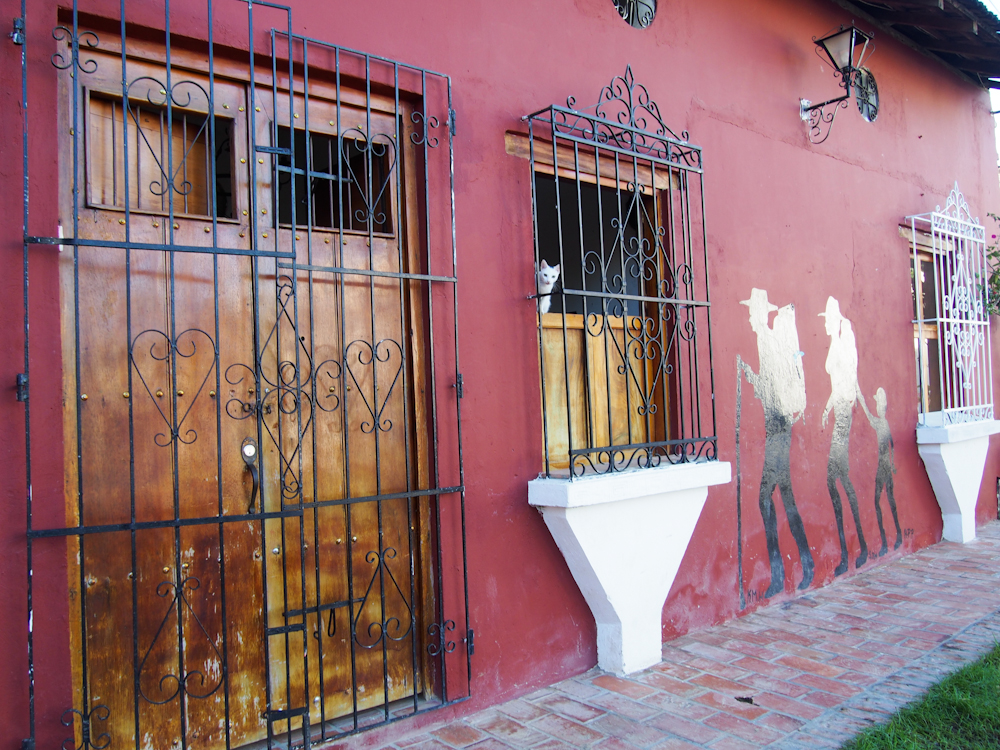
This hostel is a good alternative for budget travellers. Although it is about a 10 minutes walk from the town centre, the walk would allow you to catch glimpses of the local’s lives and their community.
There are private rooms and 6-bedded shared rooms available. What I like about the shared dorm rooms is that they provide a locker for each person (bring your own padlock) where you can lock up your valuables. It is a basic standard hostel that comes with clean bathrooms and air-conditioning and WiFi connection.
Now, are you ready to explore this incredible Mompox in Colombia?
*some of the photos are courtesy of Bernard as I lost a junk of photos from my mobile phone.


